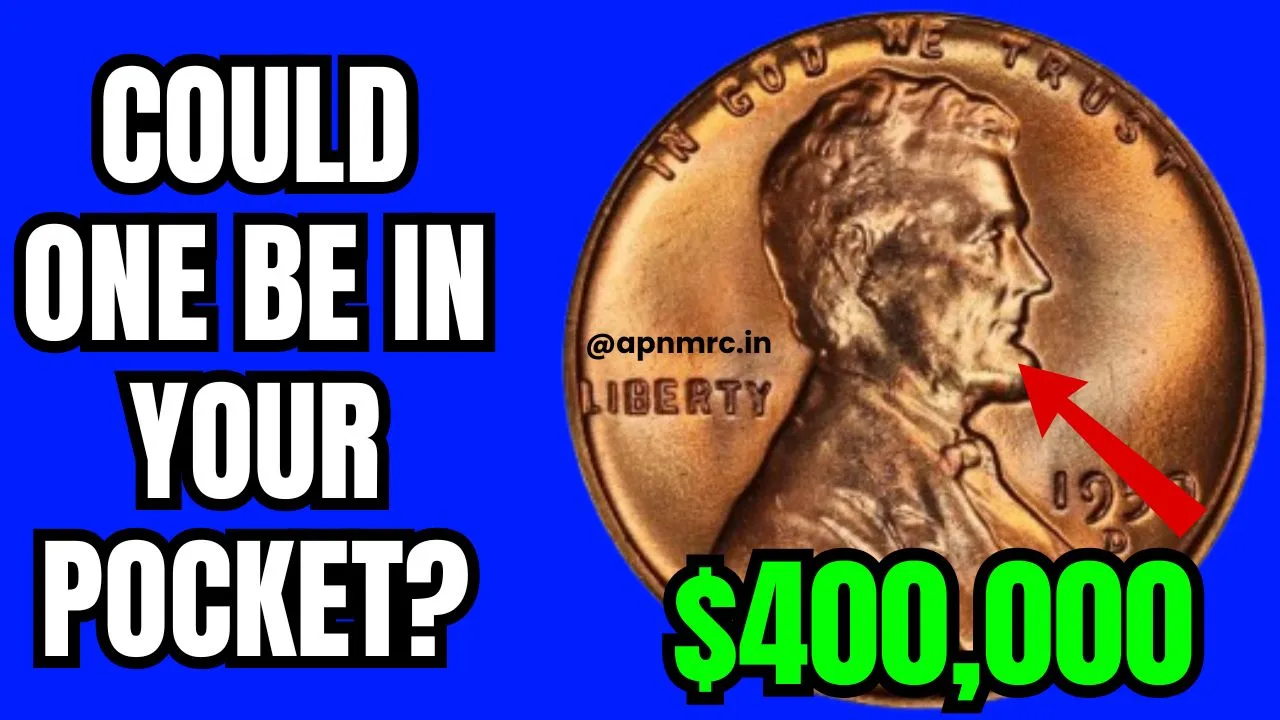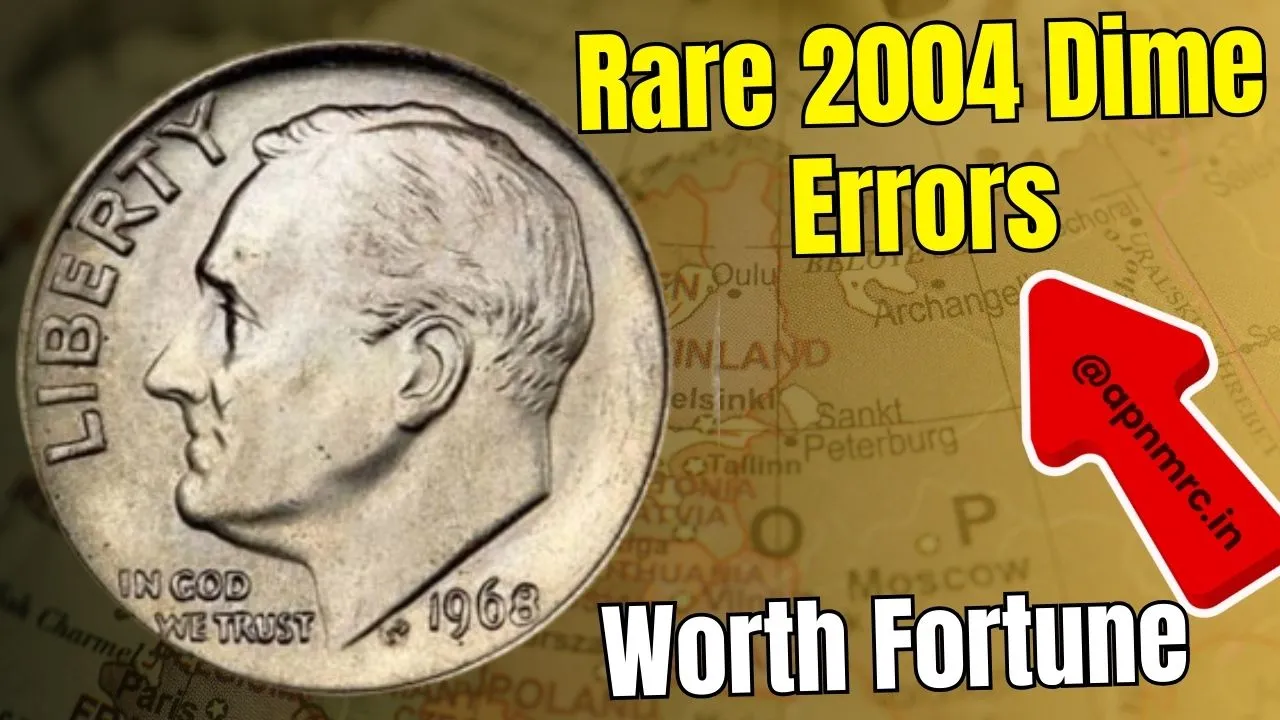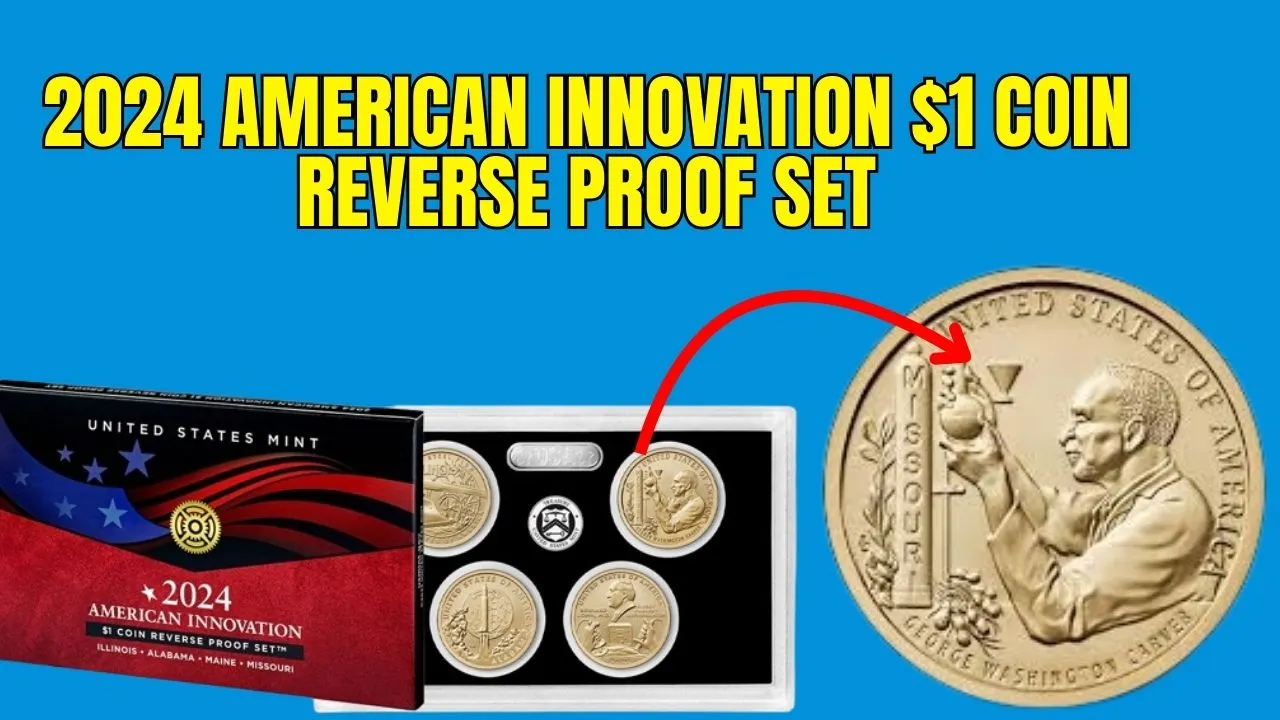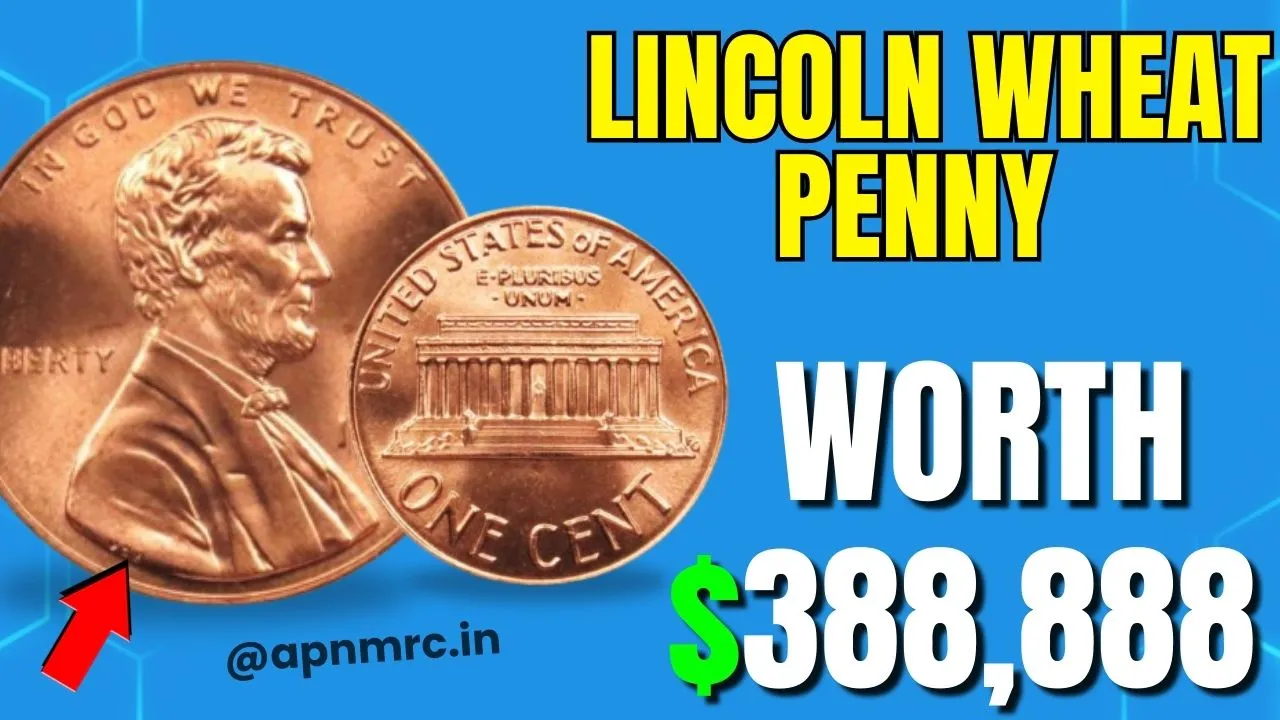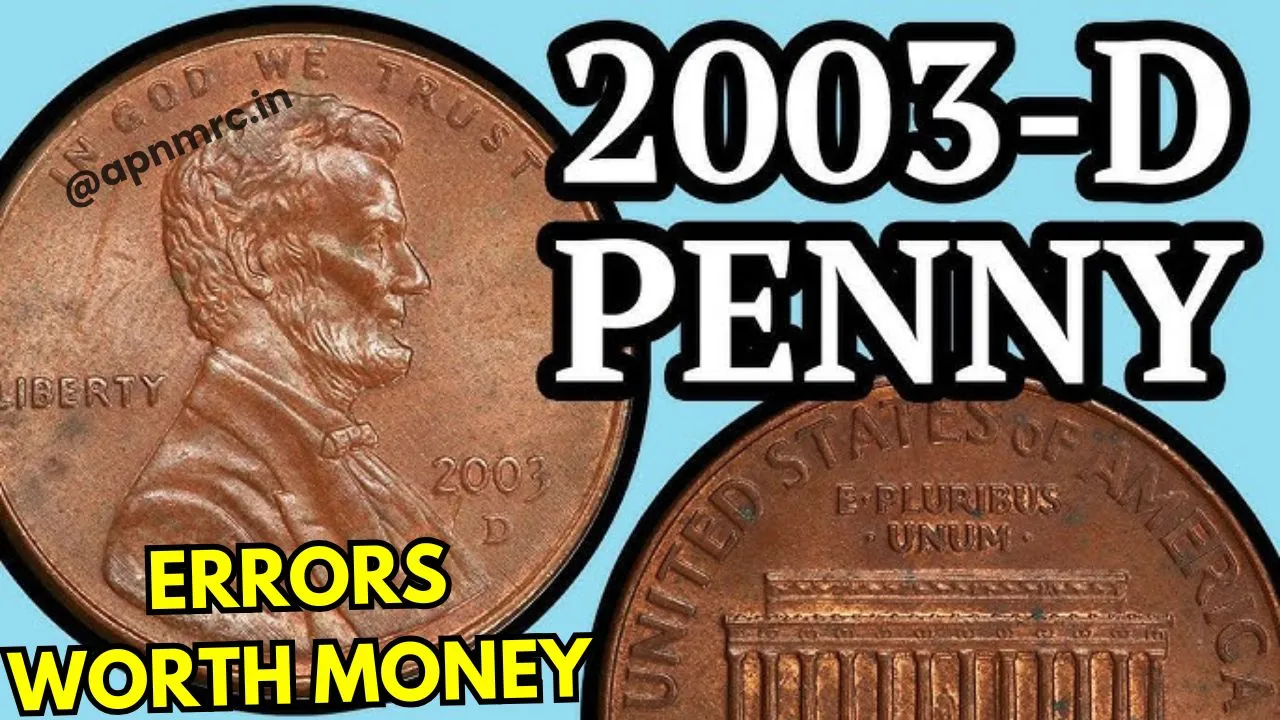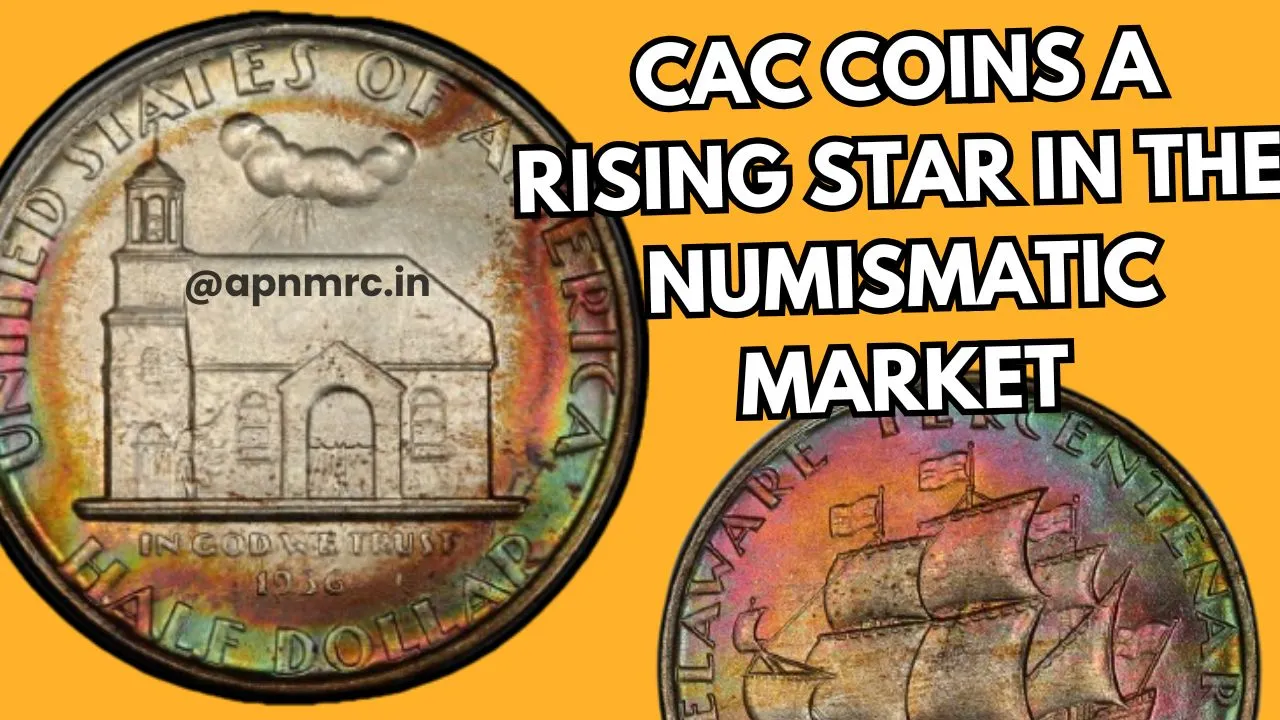Discover the Hidden Value of Bicentennial Quarters: Bicentennial Quarters are not your everyday pocket change. Issued in 1976 to commemorate America’s 200th anniversary, these coins are iconic for their unique design featuring Independence Hall. While most of these coins hold sentimental rather than monetary value, a few rare varieties stand out, fetching prices as high as $55,000. If you’re a collector or just curious, these fascinating coins might surprise you with their worth.
In this article, we’ll explore the key factors that make certain Bicentennial Quarters so valuable. You’ll learn about rare editions, how to identify them, and the top five coins that collectors are willing to pay a fortune for. By the end, you may find yourself searching through your coin stash for hidden treasures.
Overview Table: Rare Bicentennial Quarters and Their Values
| Type of Bicentennial Quarter | Unique Feature | Estimated Value |
| 1976-D Bicentennial Quarter with No Mint Mark | Missing mint mark | Up to $55,000 |
| 1976-S Proof Quarter with Double Die Obverse | Double impression on the obverse design | Around $45,000 |
| 1976-S Silver Quarter with Type 2 Reverse | Special reverse design | Up to $50,000 |
| 1976-D Quarter with Clashed Die Error | Transferred design marks | Around $40,000 |
| 1976-S Proof Quarter with Full Bell Lines | Detailed full bell lines | Up to $55,000 |
What Makes a Bicentennial Quarter Rare?
Not all Bicentennial Quarters are created equal. While millions of these coins were minted, their rarity and value often hinge on production errors, minting variations, and unique features. Coins with these characteristics are highly sought after by collectors:
- Minting Errors: Coins with mistakes like missing mint marks or double impressions are rare and valuable.
- Low Production Numbers: Some variations were produced in limited quantities, increasing their demand.
- Special Features: Unique details such as full bell lines or different reverse designs make certain quarters stand out.
Knowing what to look for is essential when identifying a rare Bicentennial Quarter.
Top 5 Rare Bicentennial Quarters Worth Up to $55,000
Here’s a closer look at the five rare Bicentennial Quarters that could turn your pocket change into a jackpot:
1. 1976-D Bicentennial Quarter with No Mint Mark
This quarter is a standout rarity because it lacks the usual “D” mint mark indicating Denver production. Only a handful of these have been discovered, and their rarity drives their value up to $55,000. If you spot a 1976-D quarter without this mark, you might be holding a fortune.
2. 1976-S Proof Quarter with Double Die Obverse
The double die obverse error occurs when the front design of the coin is imprinted twice, creating a slightly blurred or doubled appearance. This error is rare and highly prized by collectors, with some coins fetching around $45,000.
3. 1976-S Silver Quarter with Type 2 Reverse
Unlike standard Bicentennial Quarters, the 1976-S Silver Quarter with a Type 2 reverse boasts a refined and unique design on its back. These coins were part of a special release and can sell for as much as $50,000.
4. 1976-D Bicentennial Quarter with Clashed Die Error
Clashed die errors result from accidental transfers of designs between the dies used to strike coins. The marks left behind make these quarters incredibly rare and worth around $40,000. This error adds a fascinating twist to the coin’s story.
5. 1976-S Proof Quarter with Full Bell Lines
Full bell lines refer to the intricate details visible on the image of Independence Hall’s bell. Quarters with perfectly struck bell lines are a collector’s dream, with some valued at up to $55,000. These details indicate exceptional craftsmanship during minting.
How to Identify and Value Your Bicentennial Quarter
Determining whether your Bicentennial Quarter is valuable requires careful observation. Follow these steps to identify rare coins and estimate their worth:
Key Steps:
- Examine Mint Marks: Look for unusual or missing mint marks, especially on 1976-D and 1976-S quarters.
- Check for Errors: Use a magnifying glass to spot errors like double dies, clashed designs, or imperfect details.
- Assess Condition: Coins in mint or near-mint condition are more valuable than worn-out ones.
- Consult Experts: Professional appraisers or numismatic guides can give you a precise valuation.
Maintaining your coin’s condition is crucial. Store it in protective cases to prevent damage and preserve its value over time.
Common Questions About Bicentennial Quarters
1. What is a Bicentennial Quarter?
A Bicentennial Quarter is a special coin minted in 1976 to honor the United States’ 200th anniversary. It features a unique design with Independence Hall on the reverse.
2. How can I tell if my Bicentennial Quarter is rare?
Check for unusual features such as missing mint marks, double impressions, or other minting errors. Rare variations like these significantly increase the coin’s value.
3. What are the most valuable Bicentennial Quarters?
The top coins include the 1976-D with no mint mark, the 1976-S proof with double die obverse, and others with unique errors or special designs.
4. How much are rare Bicentennial Quarters worth?
Depending on their rarity and condition, these quarters can be worth between $40,000 and $55,000.
5. Where can I sell my rare Bicentennial Quarter?
You can sell your coin to collectors, at coin shows, or through online platforms. Getting a professional appraisal ensures you receive the best price.
Why Bicentennial Quarters Are Worth Your Attention
Bicentennial Quarters are not just coins; they’re pieces of American history with hidden treasures waiting to be discovered. Whether you’re a seasoned collector or a curious beginner, identifying these rare coins can be an exciting and rewarding hobby. With the potential to turn a quarter into $55,000, the search is certainly worth your time.
Final Thoughts
If you’ve found this guide helpful, consider diving deeper into coin collecting or sharing your discoveries in the comments below. Who knows, your next Bicentennial Quarter might be a life-changing find! Happy coin hunting
Read Also

